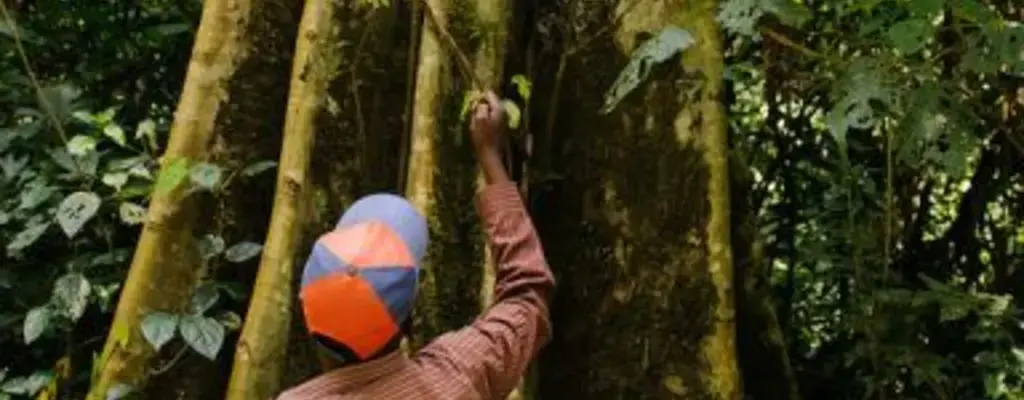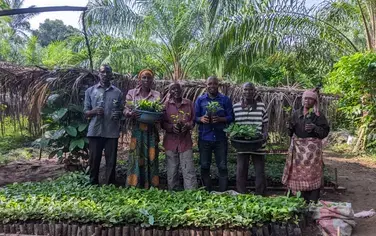This blog was originally published by the World Resources Institute on February 17, 2017. Read the original here.
Amsterdam-based Land Life Company had an innovative idea: a patented technology that enables trees to grow in arid and degraded land. The three-year-old start-up recently raised $2.6 million to expand operations.
Other restoration players can do the same, using a four-step plan created with input from investors and restoration companies by the New Restoration Economy at World Resources Institute. It is geared to new restoration start-ups like Land Life, but also to established projects, social enterprises and commercial ventures, ranging from a company that plants trees using drones to another that grows yerba mate in the rainforest canopy.
While attracting investment is not the objective, it is a means to an end. And it is particularly challenging for those aiming to restore degraded landscapes, since they are often unfamiliar with the investment world. But capital is essential to enable restoration projects to grow and deliver financial, environmental and social returns down the road. Here's how Land Life did it—and how others can follow suit.
While the four steps are often followed in this order, a different order may make sense depending on the context:
Step 1: Get to Know Investors
Networking and engagement with potential investors was essential to Land Life's successful fundraising. They realized that tapping into their own networks was the best starting point and closed their Series A funding round with four investors who saw opportunity in Land Life's quest to restore degraded land.
It's important to get to know investors early, ideally well before you start to officially fundraise. The roadmap considers the range of investors and what they are looking for. It's important to focus on the right investors and to understand the broader financial context. When engaging investors, seek their early feedback on how your project can create more value.
Step 2: Develop a Business Plan
Land Life's business model is based on boosting survival rates of young trees from 0-20 percent to 80-95 percent while reducing water usage and cost. Their business plan, supported by their founders' 20 years of experience, showed that governments with restoration commitments would be interested.
Because the business plan explains the value proposition, it is best developed early in the process. It should include specific information about the business model, management, finances and deal structure. The roadmap expands on the questions that investors often ask about the underlying business.
Step 3: Set Up an Investable Entity
Land Life Company decided to set up as a private limited company from the beginning. This created a relatively straightforward way to channel investment funds into the business.
Investors need an entity, or financial structure, through which to channel their investment dollars. This is key to managing legal risks and transaction costs. The corporate structure is used often, but other formations such as community associations or cooperatives are also possible.
Step 4: Track Your Performance
Investors were impressed by the larger-scale projects that Land Life Company executed in Mexico in 2016, as well as their 2015 Green Challenge Award. Land Life saw value in combining statistics – such as the number of trees planted and the number of customers -- with photographs to illustrate their results.
Numbers speak louder than words. Investors may be impressed with your idea, but they will still want to see hard data. The roadmap gives examples of operating and financial metrics to measure. If you have no numbers to report, a pilot project will be essential to get investors' interest.
Raising capital requires determination. Several entrepreneurs have reported speaking to around 100 investors before they received their first ‘yes'. But perseverance pays: with the $2.6 million it raised in its recent investment round, Land Life is ready to expand its business.
The roadmap can help other restoration enterprises do the same.
Does your business improve the land? If your value proposition is linked to land restoration, we'd love to hear from you. Your work may be showcased in a report we are publishing about enterprises in the restoration space. We plan to share our findings with investors, companies, civil society and governments. Please contact us at NRE@WRI.org.




